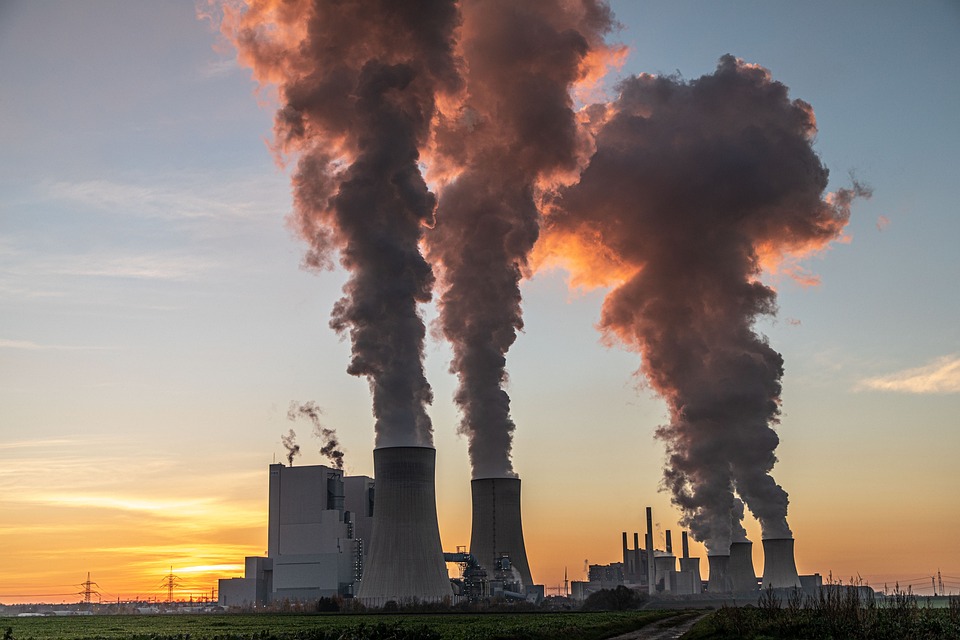What Is Hawaii Doing About Climate Change?
Hawaii, an island state in the Pacific Ocean, faces unique challenges due to its geography. The state’s vulnerability to climate change is underscored by rising sea levels, more frequent storms, and warming ocean temperatures, all of which threaten its environment, economy, and communities. This article explores the proactive steps Hawaii is taking to combat climate change and build resilience against its impacts.
Why Climate Change Is a Critical Issue for Hawaii
Rising Sea Levels:
Hawaii is experiencing increased coastal erosion, flooding, and damage to infrastructure as a result of rising sea levels. These changes pose significant risks to coastal communities and ecosystems.
Threats to Coral Reefs and Marine Life:
Warming ocean temperatures are leading to coral bleaching, which threatens vital marine ecosystems that support Hawaii’s tourism and fishing industries.
Extreme Weather:
The state has seen a rise in the frequency and intensity of storms, including hurricanes and heavy rainfall, resulting in increased flooding and damage to homes and infrastructure.
Agricultural and Water Supply Challenges:
Droughts and shifting weather patterns threaten Hawaii’s agricultural production—particularly its coffee, fruit, and sugarcane crops—and jeopardize freshwater resources.
Hawaii’s Climate Change Goals and Commitments
1. 100% Renewable Energy by 2045
Hawaii is the first U.S. state to commit to achieving 100% renewable energy for electricity by 2045. This mandate requires that all electricity sold in the state comes from renewable sources.
– Transition to Solar, Wind, and Geothermal Energy: The state is rapidly expanding its capacity in solar, wind, and geothermal energy to reduce reliance on imported oil.
2. Carbon Neutrality by 2045
The Hawaii Climate Change Mitigation and Adaptation Commission aims for the state to become carbon neutral by offsetting all carbon emissions through renewable energy initiatives and carbon sequestration efforts.
– Greenhouse Gas Emission Reduction Efforts: Strategies focus on reducing emissions across transportation, energy, and agriculture sectors while enhancing carbon sequestration through reforestation.
3. Paris Agreement Commitment
Following the U.S. federal government’s withdrawal from the Paris Agreement in 2017, Hawaii reaffirmed its commitment by enacting state-level legislation aligned with global climate goals.
Specific Climate Initiatives in Hawaii
1. Clean Energy Transition
– Solar Energy Expansion: Hawaii leads in solar energy adoption with many buildings installing rooftop solar panels.
– Wind Farms and Offshore Wind: The state is exploring offshore wind farms as part of its renewable energy strategy.
– Energy Storage Solutions: Investments in energy storage systems help manage the challenges of Hawaii’s island grid.
2. Sustainable Transportation
– Electrification of Transportation: Efforts are underway to expand electric vehicle (EV) use and charging infrastructure.
– Public Transit Initiatives: Projects like Honolulu’s Rail Transit System aim to reduce car reliance.
– Clean Maritime Transportation: The state is exploring low-emission fuels for ships to decarbonize maritime transport.
3. Climate Resilience and Adaptation
– Coastal Protection: Strategies include relocating vulnerable infrastructure and enhancing building codes.
– Coral Reef Restoration: Projects aim to protect marine biodiversity through coral restoration efforts.
– Agriculture and Food Security: Sustainable farming practices are being promoted to enhance resilience against climate impacts.
4. Reforestation and Carbon Sequestration
– Forest Conservation Programs: Reforestation projects restore native forests crucial for carbon sequestration.
– Carbon Offsetting Programs: Initiatives include expanding forest cover to meet carbon neutrality goals.
Hawaii’s Role as a Climate Leader
1. International Collaboration
– Pacific Island Climate Initiatives: Hawaii collaborates with neighboring island nations on shared climate challenges.
– Hosting Climate Conferences: The state frequently hosts regional climate conferences to discuss solutions.
2. Community and Cultural Involvement
– Engaging Indigenous Knowledge: Native Hawaiian practices inform environmental initiatives.
– Public Education Programs: These programs aim to raise awareness about climate issues within local communities.
Challenges Hawaii Faces in Addressing Climate Change
– Limited Land for Renewable Energy Infrastructure: The geographical constraints limit large-scale renewable energy projects.
– Reliance on Imported Goods and Fossil Fuels: Transitioning away from imported fossil fuels complicates sustainability efforts.
– High Costs of Climate Adaptation: Implementing necessary adaptations can strain the state’s economy due to high costs.
What the Future Holds for Hawaii’s Climate Action
As Hawaii moves toward its ambitious 2045 goals, innovative technologies such as offshore wind energy and hydrogen fuel may play critical roles in its transition. The state is poised to continue leading in sustainability practices while adapting to ongoing climate impacts. Preserving natural beauty, protecting communities, and securing a sustainable future will remain central themes in Hawaii’s climate action narrative.
Frequently Asked Questions (FAQs)
1. What are Hawaii’s main climate goals?
– Achieving 100% renewable energy by 2045 and becoming carbon neutral by the same year.
2. How is Hawaii reducing its dependence on fossil fuels?
– By transitioning to solar, wind, geothermal energy sources, expanding energy storage systems, and promoting electric vehicles.
3. How is climate change affecting Hawaii’s coral reefs?
– Warming ocean temperatures lead to coral bleaching; restoration efforts are underway to combat this issue.
4. What steps is Hawaii taking to protect its coastlines?
– Developing coastal protection strategies includes relocating infrastructure and restoring wetlands.
5. How is Hawaii incorporating indigenous knowledge into its climate strategy?
– By integrating Native Hawaiian practices into land management, agriculture, and conservation efforts.
In conclusion, Hawaii’s ambitious climate goals reflect significant progress toward renewable energy adoption and carbon neutrality. As a leader in climate action for both the U.S. and island nations worldwide, continued innovation, resilience, and community engagement will be essential for ensuring a sustainable future for this unique state.

Kyle Whyte is a notable scholar and professor at the University of Michigan, holding positions such as the George Willis Pack Professor in the School for Environment and Sustainability and Professor of Philosophy. Specializing in environmental justice, his work critically examines climate policy and Indigenous peoples’ ethics, emphasizing the nexus between cooperative scientific endeavors and Indigenous justice. As an enrolled Citizen Potawatomi Nation member, he brings a vital perspective to his roles as a U.S. Science Envoy and member of the White House Environmental Justice Advisory Council. His influential research is supported by various prestigious organizations including the National Science Foundation, and disseminated through publications in high-impact journals. Kyle actively contributes to global Indigenous research methodologies and education, with affiliations to numerous institutes and societies dedicated to traditional knowledge and sustainability. Recognized for his academic and community engagement, Kyle has earned multiple awards and served in various visiting professorships. His efforts extend to leadership positions on boards and committees focused on environmental justice nationwide.
